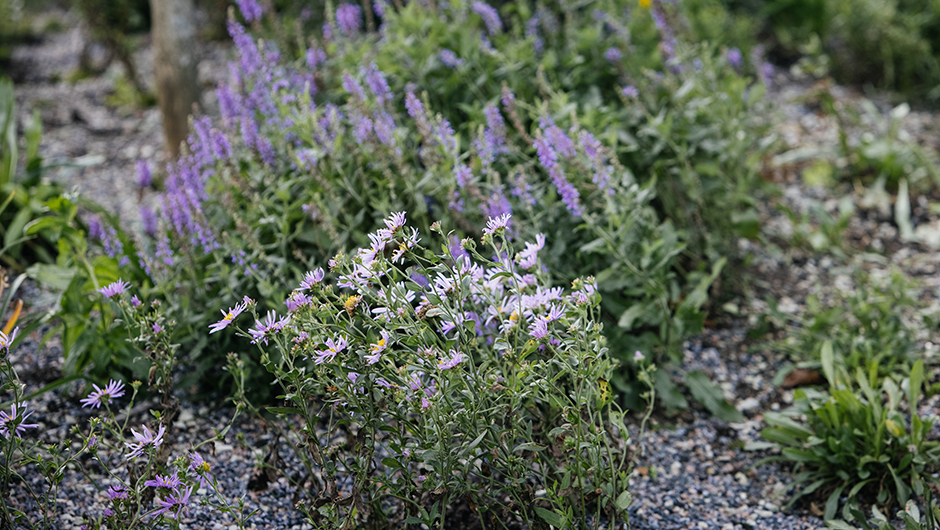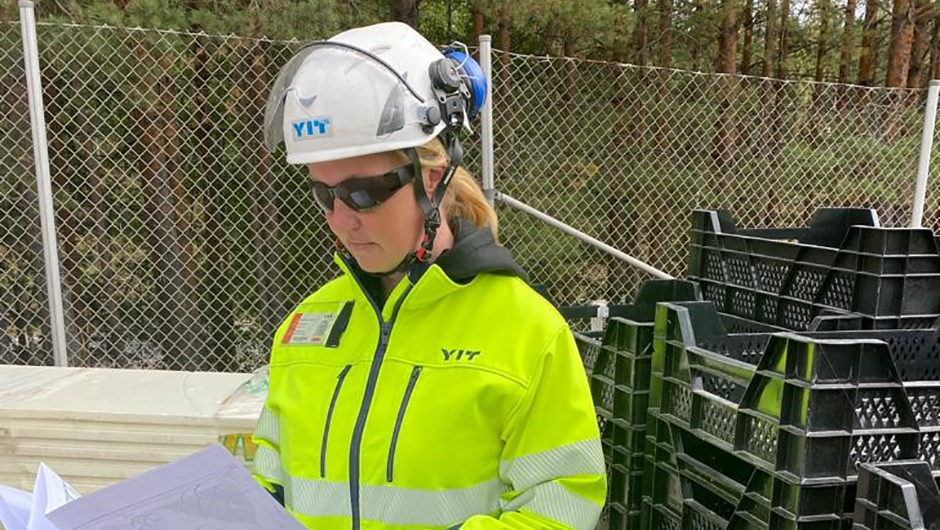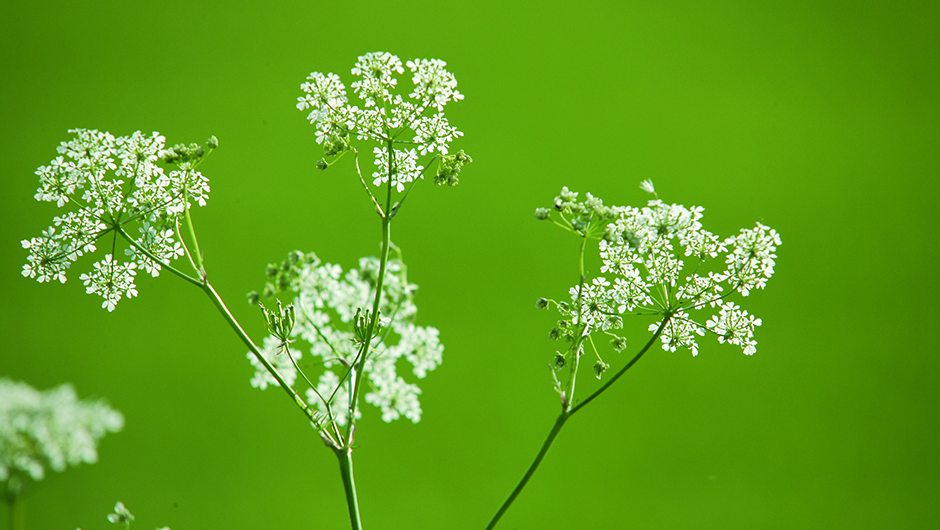Sustainable data centers as a service
- Traffic
- City
- Construction
- Sustainability
- 9/12/2023
Environmental construction emphasises biodiversity
Smart environmental construction and sustainable infrastructure pay off. They are a cost-efficient way to promote comfortable living and diversity in cities and along traffic lanes.

Environmental construction is a broad concept: it includes green construction and landscaping that aim to retain environmental values, especially in infrastructure projects. Environmental construction projects can be found in urban environments, industrial areas and even along traffic lanes. Jaakko Kullberg is the Senior Advisor at design and consulting company Sitowise, and he is happy to see that the quality of environmental construction is improving.
“We’re on the right track. That said, environmental construction still involves traditional procedures that are not necessarily environmentally friendly or cost-efficient,” Kullberg states.
According to Kullberg, everyone wants to make choices that are good for the environment, whether it is infrastructure construction operators or the state, municipalities and companies that commission projects. The biggest roadblock is lack of knowledge.
“Luckily, we have the skills and tools to do things better than before. We should capitalise on that.”
Environmental impacts are always investigated
Kullberg is a biologist who is well-known for studying butterflies, and he is also a familiar voice on Finnish Broadcast Company Yle’s radio show Suomen Luontoilta (“Finnish Nature Afternoon”). At Sitowise, he carries out rail and traffic lane surveys and landscape design.
“When it comes to environmental construction, it’s important to identify the potential to protect endangered species and to promote desired development.”
Kullberg says that natural solutions are also often more affordable. The edges of traffic lanes are an example of this. Kullberg believes that we should favour vegetation that is a natural fit for the environment, instead of hauling in soil, growing grass and planting unfit trees and bushes.
“For example, cross-sections that cut through hills could easily have a dry meadow for which the maintenance costs are nearly zero. All you need to do is remove the pine saplings every few years. Carbon dioxide emissions will also be reduced, since no fuel will be spent mowing the edges of traffic lanes.”

Environmental construction takes patience
Kullberg asks environmental construction operators and clients for patience. Lawns and planting work can be completed quickly, but it takes years for native flora and fauna to get established in the area.
“You don’t always need a flowerbed. Beautiful stones and gravel can be just as useful. They allow bees and bumblebees and beetles to dig holes in the sand.”
Preventing the spread of invasive alien species is also a significant part of maintaining nature’s balance. Exterminating the rosa rugosa flower is now a legal obligation, but Kullberg says that there are other species threatening Finnish nature as well.
“The lupin, which spreads quickly, is a much worse invasive alien species than the rosa rugosa, for example. Amelanchier plants also spread quickly through the seeds that birds eat.”
Kullberg believes that smart environmental construction will be more valued in the coming years, as biodiversity promotion starts to be measured like carbon footprints and emission reductions. Indicators for measurements may include the number of hectares that have been returned to more valuable use in nature, for example. Kullberg says that, at its best, environmental construction can help endangered species and their food plants.
“There’s plenty of potential. The total area of traffic and railway lanes alone is bigger than the total area of all nature preserves in the country.”

Urban development emphasises sustainable infrastructure
According to YIT Finland’s Green Construction and Stonework Site Manager, Merja Kaarnakoski, YIT’s environmental construction projects also emphasise accounting for environmental values, reducing emissions and using recycled materials.
“Good environmental construction planning and implementation can make the living environment more comfortable and reduce the environmental impact of construction,” Kaarnakoski emphasises.
YIT’s environmental construction includes the construction and maintenance of green areas for schools, day care centres, apartment buildings and business premises, among others. The projects also include green construction related to infrastructure projects. Kaarnakoski says that, like other types of construction, environmental construction must similarly account for a project’s lifecycle. Planning and material selection aim for a service life that is as long as possible. In urban projects, for example, correctly designed green areas and structures make the living environment more comfortable. Moreover, they play an important role in rainwater management, among other things.
“With urban development, we can also help make sure that biodiversity does not suffer by restoring native species to different areas,” Kaarnakoski notes.

Low-carbon urban development accounts for environmental values
A good example of an infrastructure project that pays close attention to environmental values is the Jokeri Light Rail between Helsinki and Espoo. Sitowise is working on the project in collaboration with YIT.
“We didn’t just want to build a light rail that promotes low-carbon traffic. We also wanted to account for the surrounding nature alongside construction,” says Kaarnakoski, who works as a Green Area Management Coordinator on the project.
For example, surface soil and stones removed for construction have been used in green construction alongside the rail where possible. This makes it possible to maintain local flora and microbial ecosystems in the soil.
“We have also left some trees on the ground for decomposers.”
Kullberg is especially proud of the sunlit habitat that was established along the Jokeri Light Rail. Instead of asphalt, the trams will drive through meadows that have flora and fauna which can stand up to heat and dry conditions.
“We also planted some endangered and protected Anthyllis vulneraria in the Roihupelto depot area. These plants are part of the Fabaceae family, and they are also an important environment for rare insects, such as the small blue butterfly.
Did you know this about environmental construction?
Construction of green areas and stone construction
YIT and sustainability
- Sustainable development is a key part of the company’s strategy, and it is also visible in everyday activities.
- The company is committed to reducing the emissions and environmental impacts from its own operations and value chain.
- The operating model for sustainable environmental construction guides the planning and construction of green spaces.
- The company encourages and supports its personnel in innovating and implementing ideas that support environmental and sustainability goals.



